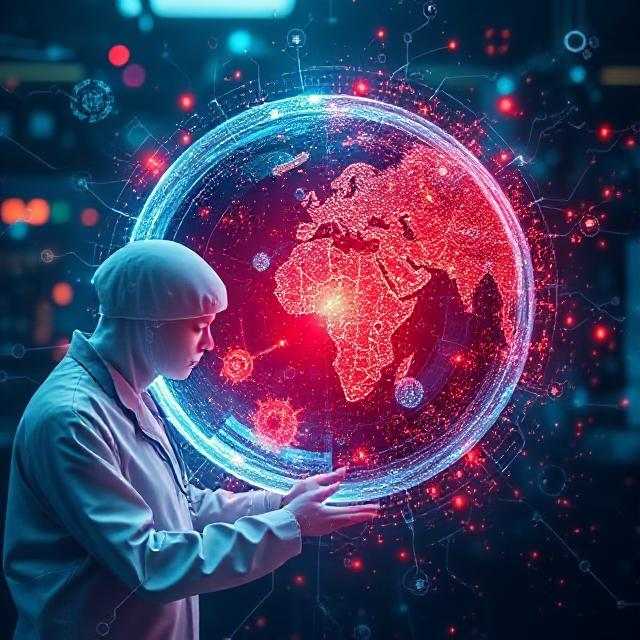The Healthcare Experience for a Healthcare IT Employee

In one memorable episode of the TV show Seinfeld, George Costanza fears his “worlds are colliding” when his relationship with his girlfriend and his independent life with his friends start intersecting more than he desires. His impassioned speech to Jerry is a great watch (Seinfeld: Independent George (HD) – YouTube). Lately, I have had a similar feeling as George did, not in a bad way, but in a way that makes me excited about the future. As a parent who works in healthcare IT, let’s just say over this winter I have had more than my fair share of opportunities to observe several of the healthcare settings we service along with a few newer technologies in action, and I come away thinking of all the additional possibilities we may have in front of us to enhance healthcare through technology.
To give you some context, I have three boys (ages 15, 12, and 8). My oldest has Crohn’s disease and has struggled to find an effective treatment since his diagnosis. My middle was recently diagnosed with a concussion from a fall at gym class. And not to be outdone, my youngest ended up having urgent surgery on New Year’s Eve for a kidney issue he has had since birth. (This is where I must also state the obvious…I am thankful to work for a healthcare organization where my children receive world class care, and we have insurance that makes it more affordable than for most people.) As for myself, I have been a frequent flyer in healthcare since birth and now have over 20 years of healthcare IT experience that has afforded me numerous opportunities to see the healthcare industry continue to evolve.
As I have sat – or sometimes paced – in waiting rooms, examination rooms, and hospital rooms, I naturally start thinking about the technology I see and find myself looking for opportunities to use technology to make it better or more efficient. With that in mind, I share below some of my observations on what I saw and some considerations around what I would like to see. (Please note, any technology links I share are just an example and not an endorsement. I also have no financial interest in any of these companies…haha!)
Observation: In the exam room, a digital thermometer, an otoscope, and manual blood pressure cuff all hang on an exam room wall and need to be stretched out rather far and awkwardly to reach my son to take vital signs and/or perform an exam. Cords are seemingly everywhere and not the best design, but the set up got the job done.
Consideration: A patch to take vital signs. For an office visit, it is a passive approach to care that is less invasive requiring less apparatus to get vital signs taken or do the exam.
An even better case is if you are in the hospital, it reduces the nurse’s need to disturb the patient at night and allows for more constant monitoring. As an example, check out this link: VitalPatch – MediBioSense
Observation: When meeting with the anesthesiologist before my son’s surgery, she had a brand new digital stethoscope that amplified the volume for her when listening to the heart and lungs. Being curious I asked, can it do anything else? Does it have any artificial intelligence embedded in it? Her response was, “I do not know; it’s the first time I am using it.”
Consideration: While I was impressed with the technological advancement, I thought about how it could be even better and more helpful. From quick research, I came across an FDA-approved stethoscope that can assist in detecting signs of heart disease while listening to the heart. FDA Approves AI Stethoscope for Earlier Heart Failure Detection
Observation: During my son’s doctor’s visit, the provider placed his phone down and asked if he could use it to record the exam notes. Intrigued, I asked what he was using, and he said Abridge. He still had a laptop in front of him, but he was more available to have a conversation during the exam than trying to type a note or review data while talking.
Consideration: I appreciated the doctor’s willingness to use this technology and felt it enhanced the experience for us and him. But taking it a step further, I started thinking about what if the laptop was removed from the equation. Recently, I came across this article that discussed the use of smart glasses for medical care. Smart Glasses For Healthcare | Enhancing Patient Care 2025 – Imagine the doctor not typing or even needing to look at the screen? Through the use of AI, could the conversation be ongoing and anticipate what the doctor will need for information e.g., recent labs, a note from the last visit, or a radiology reading and present it to the provider on the eyeglass screen? Some of this may not be there now but the possibilities are endless.
I am sure everyone can think of many other examples from their own experiences. The main takeaway from all of this is that we have come a long way with healthcare technology, and the future will only get brighter for us. The unique situation we are in with DFCI building a brand-new hospital only adds to the opportunities to think big on technology and how it can impact healthcare now and in the future. An endless number of opportunities seem to
lay ahead for us to introduce new, revolutionizing technology into the healthcare space and I for one am excited for the journey ahead.

Thanks for your sharing your personal experience, Scott; and for jumping right into writing blogs! I appreciate the links to some cutting edge technology.